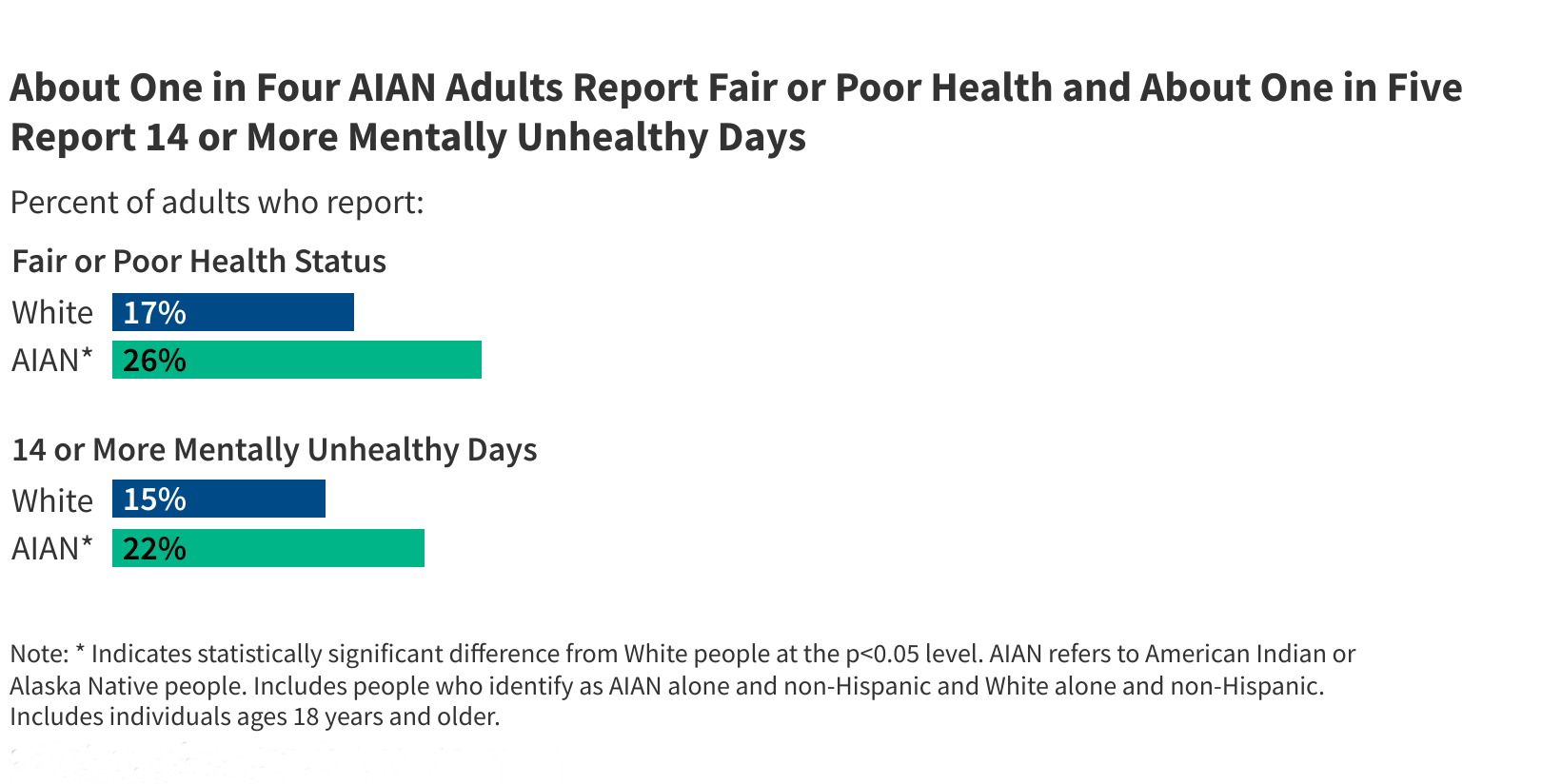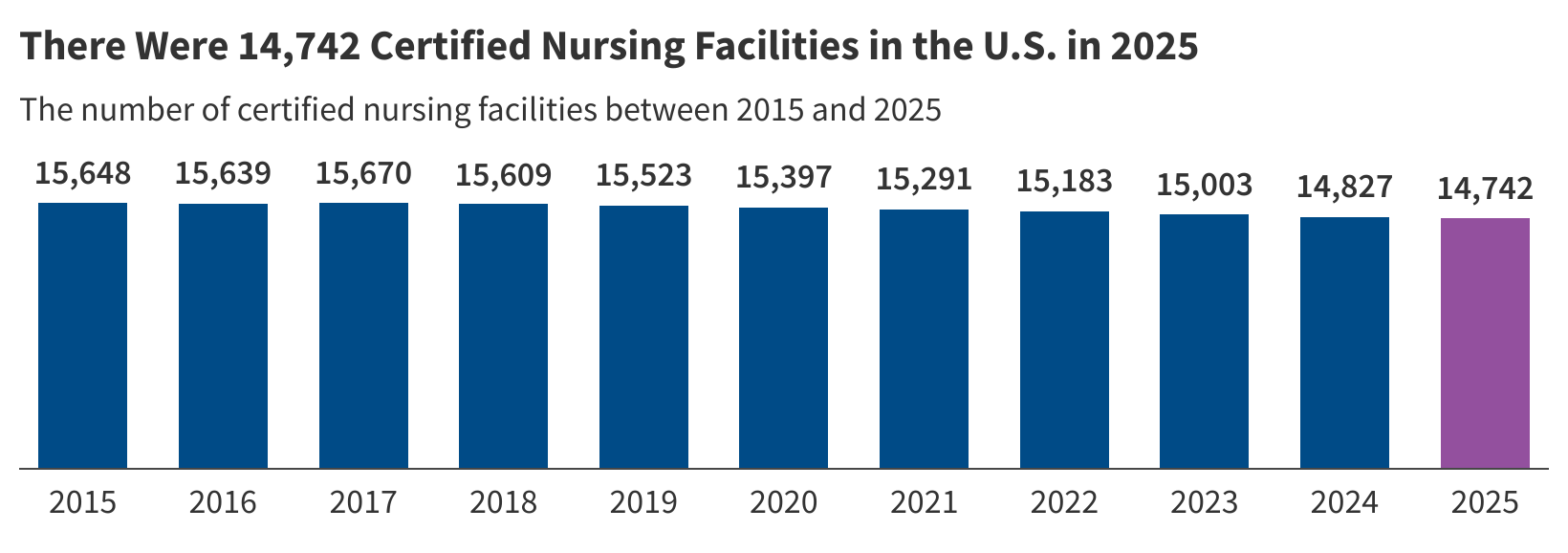It also diverts congressional attention from really fixing Social Security.
Senator Bill Cassidy (R-LA) has resurrected his proposal – this time with co-author Senator Tim Kaine (D-VA) – to create a trust fund with borrowed funds that would invest in equities and other high-yielding assets to solve Social Security’s financing problems. While it’s lovely to see Senators taking some initiative to address Social Security’s financing issues, it’s wonderful in these polarized times to see a bipartisan effort, and a case can be made for some equity investment in any Social Security trust fund, the Cassidy-Kaine proposal isn’t a good idea. It introduces new risks into the funding structure and it avoids tackling the fundamental imbalances in the program.
The basic plan is that over the next 10 years the federal government would borrow $1.5 trillion. The current borrowing rate is roughly 5 percent. These funds would be invested in equities and other risky assets that would be expected to earn a higher return than Treasuries. The new trust fund would be allowed to grow untouched for the next 75 years. Over that time, the federal government would borrow additional amounts to cover Social Security’s annual shortfalls. At the end of the accumulation period, the trust fund would repay the Treasury the principal and interest on the original borrowed amount. Any remaining proceeds – due to the difference between the rate on Treasuries and the anticipated return on risky investments – could be used to compensate the Treasury for the payment of Social Security benefits over the intervening period.
To support their proposal with a real-world example, Senators Cassidy and Kaine point to the success of the Railroad Retirement Investment Trust, which holds a diversified portfolio of assets to ensure the payment of benefits to railroad workers. If equity investment were the issue, one could also point to the successful investment policies of the Canada Pension Plan and the Ontario Teachers’ Pension Plan.
The problem with these comparisons is that these other plans do not rely on borrowed money. Instead, the money comes from tax revenues or employee contributions, which are then invested in stocks and bonds. As a result, all the accumulated reserves are available to pay promised benefits. In contrast, in the Cassidy-Kaine proposal the only proceeds available to support Social Security are the expected spread between the interest rate on Treasuries and the return on equities. And the higher expected returns on equities merely compensate for the risk that will be borne by the taxpayers. In short, the Cassidy-Kaine proposal involves a huge and risky financial maneuver with very little payoff.
Equally important, trying to create a whole new trust fund diverts Congressional attention from actually restoring balance between Social Security revenues and benefits. The aging of the population has caused the cost of benefits to rise, but the payroll tax has remained fixed. In the short term, assets in the trust fund have bridged that gap. The assets in the retirement fund are projected to be exhausted in 2033, according to the most recent Social Security Trustees Report, after which the program can pay 77 percent of promised benefits.
A real fix requires closing the gap between revenues and benefits. The Social Security actuaries put out a booklet each year that lists more than 150 different options. Some obvious steps on the revenue side include a small increase in the payroll tax rate, raising the taxable wage base to about $300,000 (which would cover about 90 percent of earnings), and maybe including health insurance in the payroll tax base. At the same time, the program could be made more progressive by slightly reducing benefits for high earners to compensate for the fact that they live so much longer than their low-wage counterparts and thus receive so much more from the program. It would take serious-minded people about an hour to put together a viable compromise.
The bottom line is that the Cassidy-Kaine proposal to create a new trust fund with borrowed money – while well-intentioned – could do serious harm.
Publisher: Source link










